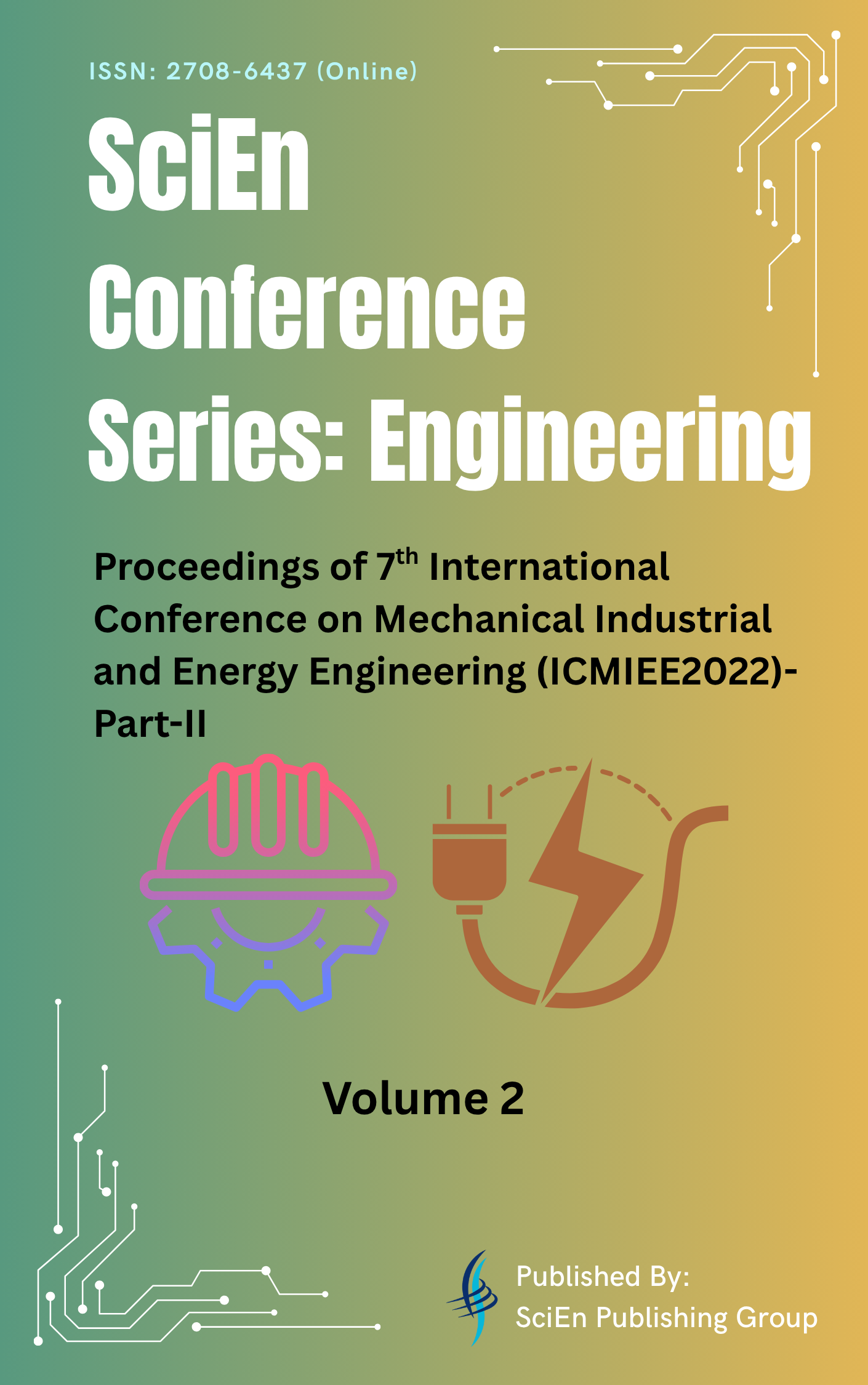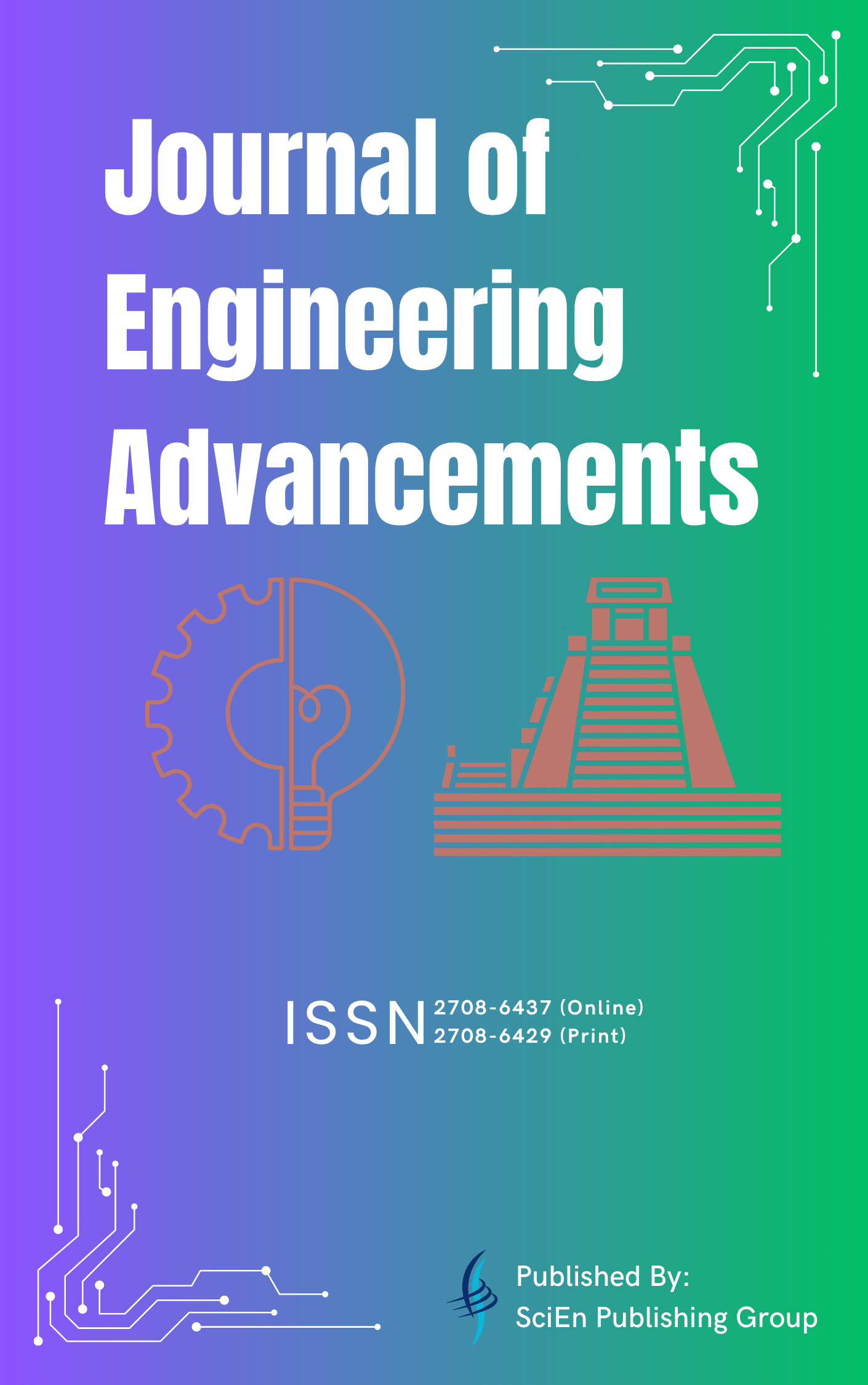Preparation of Biocomposite Sheet Incorporation of Buffing Dust and Sugarcane Fiber: It’s Application for Footwear as a Reinforcing Material
DOI:
https://doi.org/10.38032/scse.2025.2.3Keywords:
Composite, Latex, Solid waste, Sugarcane fiber, Buffing dustAbstract
This study aims to prepare flexible composite sheets from buffing dust waste and post-extracted sugarcane fiber waste through a simple solution casting technique. Natural rubber latex (NRL) was used as a binder material in different mixing ratios. To verify the chemical bonding between buffing dust and sugarcane fiber, FTIR was performed. Whole sole flexing endurance test, Bally Flexometer Test, Ross Flex Tester Test were performed to check the stability of composite. The physical and mechanical properties such as tensile strength, elongation, hardness, water absorption and density of prepared composites with optimum NRL content were augmented by 19, 21, 10, 15 and 21%, respectively, to compare with pure buffing dust sheets. As a consequence, these simple, low-cost, and flexible composite sheets might be a potential material for packaging, interior design, as well as reinforcing element for footwear.
Downloads
Downloads
Downloads
References
[1] Sundar VJ, Raghavarao J, Muralidharan C, Mandal A (2011) Recovery and utilization of chromium-tanned proteinous wastes of leather making: A review. Critic Rev Environ Sci Technol 41(22):2048-2075 DOI: https://doi.org/10.1080/10643389.2010.497434
[2] Yorgancioglu A, Başaran B, Sancakli A (2020) Value Addition to Leather Industry Wastes and By-Products: Hydrolyzed Col- lagen and Collagen Peptides. Waste Text Leather Sect Intech Open DOI: https://doi.org/10.5772/intechopen.92699
[3] J.D. Ambrosio, A.A. Lucas, H. Otaguro, L.C. Costa, "Preparation and characterization of poly (vinyl butyral) - leather fiber composites", Polymer Composites, 32, pp. 776-785, 2011 DOI: https://doi.org/10.1002/pc.21099
[4] L.Dányádi, T. Janecska, Z. Szabó, G. Nagy, J. Móczó, B. Pukánszky Wood flour filled PP composites: Compatibilization and adhesion Compos. Sci. Technol., 67 (13) (2007), pp. 2838-2846 DOI: https://doi.org/10.1016/j.compscitech.2007.01.024
[5] Senthil R, Hemalatha T, Manikandan R, Das BN, Sastry TP (2015) Leather boards from buffing dust: a novel perspective. Clean Technol Environ Policy 17(2):571-576 DOI: https://doi.org/10.1007/s10098-014-0831-7
[6] El-Shekeil Y, Sapuan S, Jawaid M, O. Al-Shuja'a (2014) Influ- ence of fiber content on mechanical, morphological and ther- mal properties of kenaf fibers reinforced poly (vinyl chloride)/ thermoplastic polyurethane poly-blend composites. Mater Des 58:130-135 DOI: https://doi.org/10.1016/j.matdes.2014.01.047
[7] Prasad N, Agarwal VK, Sinha S (2015) Physico-mechanical prop- erties of coir fiber/LDPE composites: Effect of chemical treat- ment and compatibilizer. Korean J Chem Eng 32(12):2534-2541 DOI: https://doi.org/10.1007/s11814-015-0069-z
[8] Hashim F, Ismail H, Rusli A (2018) Properties and charac- terization of ([Mengkuang leaf fiber]-filled ethylene vinyl acetate)/(natural rubber) blend: Effects of blending sequences and mengkuang leaf fiber loading. J Vinyl Add Technol 24(2):109-115 DOI: https://doi.org/10.1002/vnl.21533
[9] Ugbaja MI, Onuoha FN, Ibeneme U, Uzochukwu MI, Opara H, Mbada IN (2016) Swelling and mechanical behaviour of natural rubber vulcanisate filled with leather wastes (buffing dust) and its modeling. Am J Appl Sci Res 2(2):6-11 DOI: https://doi.org/10.11648/j.ajasr.20160202.11
[10] Chand N, Fahrim M (2008) "Introduction to tribology of poly- mer composites." Tribology of Natural Fiber Polymer Compos- ites, Woodhead Publ Compos Sci Technol 59-83 DOI: https://doi.org/10.1533/9781845695057.59
[11] Moses AJ, Sumathi M, Bright RJ (2017) Preparation and charac- terization of leather waste polymer composites. Intern J Recent Trends Eng Res 3(6):3-6 DOI: https://doi.org/10.23883/IJRTER.2017.3285.NXGRE
[12] Mohamed WZW, Baharum A, Ahmad I, Abdullah I, Zakaria NE (2018) Effects of fiber size and fiber content on mechanical and physical properties of Mengkuang reinforced thermoplastic natural rubber composites. BioResources 13(2):2945-2959 DOI: https://doi.org/10.15376/biores.13.2.2945-2959
[13] Mulinari , DR, Voorwald, HJC, Cioffi, MOH. Sugarcane bagasse cellulose/HDPE composites obtained by extrusion. Compos Sci Technol 2009; 69: 214-219. DOI: https://doi.org/10.1016/j.compscitech.2008.10.006
[14] Rowell RM, Sanadi AR, Caulfield DF, Jacobson RE (1997) Uti- lization of natural fibers in plastic composites: problems and opportunities. Lignocellul-Plast Compos 13:23-51
[15] Rowell RM, Sanadi AR, Caulfield DF, Jacobson RE (1997) Uti- lization of natural fibers in plastic composites: problems and opportunities. Lignocellul-Plast Compos 13:23-51
[16] Saikia P, Goswami T, Dutta D, Dutta NK, Sengupta P, Neog D (2017) Development of a flexible composite from leather industry waste and evaluation of their physico-chemical properties. Clean Technol Environ Policy 19(8):2171-2178 DOI: https://doi.org/10.1007/s10098-017-1396-z
[17] Senthil R, Hemalatha T, Kumar BS, Uma TS, Das BN, Sastry TP (2015) Recycling of finished leather wastes: a novel approach. Clean Technol Environ Policy 17(1):187-197 DOI: https://doi.org/10.1007/s10098-014-0776-x
[18] Teklay A, Gebeyehu G, Getachew T, Yayneshet T, Sastry T (2018) "Re-utilization of Finished Leather Waste (scraps) Blended with Different Plant Fibers Using Polymer Resins: A Waste to Wealth Approach, of the Ethiopian Case." Innov Ener Res 7(194): 2576-1463.1000194
Published
Conference Proceedings Volume
Section
License
Copyright (c) 2025 Hasan Ahmed, Md Hasan Mahmud, Md Elias Uddin (Author)

This work is licensed under a Creative Commons Attribution 4.0 International License.
All the articles published by this journal are licensed under a Creative Commons Attribution 4.0 International License


